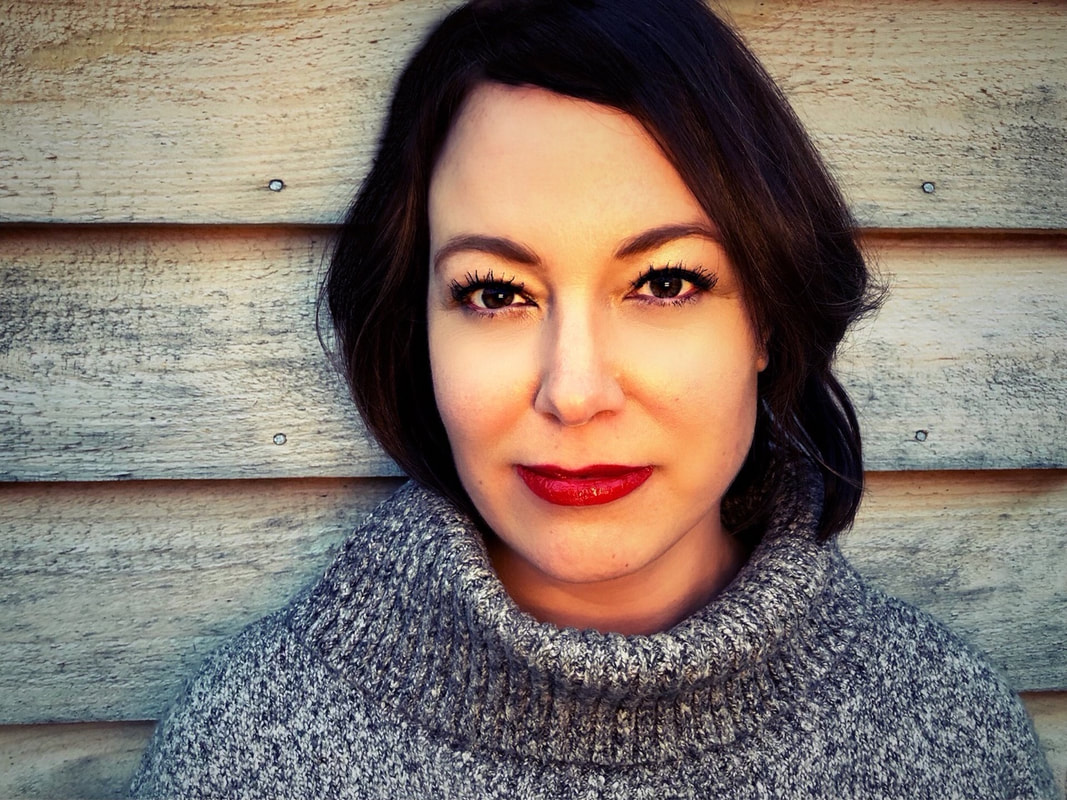College students and online sexual abuse: what you need to know
March 3, 2021 - Liz Schondelmayer
Trigger warning: Sexual abuse, online abuse, pornography
Nonconsensual pornography, or the sharing of sexual images or videos without participants' consent, has become a major topic of discussion regarding online safety. PornHub, a popular pornography website, was forced into the center of the discussion late last year after purging millions of videos to ensure that only consensual content was featured on their site.
 But nonconsensual porn isn't just an issue on major websites - private collections exist as well, and are even harder to regulate. One type of these collections popular on college campuses are called "slutpages," and are at the center of a study by Dr. Megan Maas (pictured left), an assistant professor in Michigan State University’s Department of Human Development and Family Studies. Published in the Archives of Sexual Behavior, Dr. Maas finds that slutpages are incredibly common among college-aged men, especially those involved in sports or fraternities.
But nonconsensual porn isn't just an issue on major websites - private collections exist as well, and are even harder to regulate. One type of these collections popular on college campuses are called "slutpages," and are at the center of a study by Dr. Megan Maas (pictured left), an assistant professor in Michigan State University’s Department of Human Development and Family Studies. Published in the Archives of Sexual Behavior, Dr. Maas finds that slutpages are incredibly common among college-aged men, especially those involved in sports or fraternities.
The term "slutpages" was coined by critically-acclaimed feminist author Nancy Jo Sales, and are private and public groups in which images and videos of nude or semi-nude women are shared amongst a group of (usually) men without the depicted women's consent. These online pages are an example of image-based sexual abuse, and are more pervasive than one might think.
"Slutpages are used to sexualize and shame young women, who most often do not give permission for the image to be shared, or might not even know the image was taken," explained Dr. Maas. "This behavior isn't isolated to one school or university - it happens in middle schools, high schools, and colleges across the country, as well as the military."
Oftentimes, these pages are hosted on social media platforms such as private Facebook groups, Instagram accounts, or email listservs. According to the recent study, this behavior is especially common among college fraternities and male-exclusive sports teams. Dr. Maas's research also reveals that half of page users are between 18 and 19 years old.
"The fact that so many page users are college freshmen raises major red flags about what may be going on at the high school level," said Dr. Maas.
Viral examples of these behaviors among high schoolers can be seen in Utah, Colorado and even overseas in Australia, where male students have made games out of sharing and collecting non-consensual nude images of female peers.
To anyone sharing or viewing images on these pages, Dr. Maas assures that this behavior is anything but benign. "Although we do not know about slutpage victims specifically, this is a serious form of image-based sexual abuse, which can cause PTSD, anxiety, depression, and even suicidal inclinations in victims," warned Dr. Maas.
Her next study will take an even deeper dive into the impact that slutpages have on the women who are unknowingly included on them, to measure their experiences and inform intervention and prevention efforts.
But the consequences don't just exist for victims. As bipartisan bills like the "Stop Internet Sexual Exploitation Act" make their way through Congress, Dr. Maas points out that lawmakers are cracking down on perpetrators of non-consensual pornography and online sexual exploitation, leading to major content overhauls like that seen on PornHub.
"There are consequences for sexual abuse, even when it happens online. Because of existing and forthcoming legislation, perpetrators who participate in the sharing of these images could face serious criminal charges, as well as consequences through their university," explained Dr. Maas.
Dr. Maas and her team are currently researching sexual misconduct policies in high schools to determine how schools both prevent and respond to image-based sexual abuse. "This type of abuse is all too common and incredibly harmful," said Dr. Maas. "It's time we better understand and prevent these behaviors and protect women and girls from this abuse."

